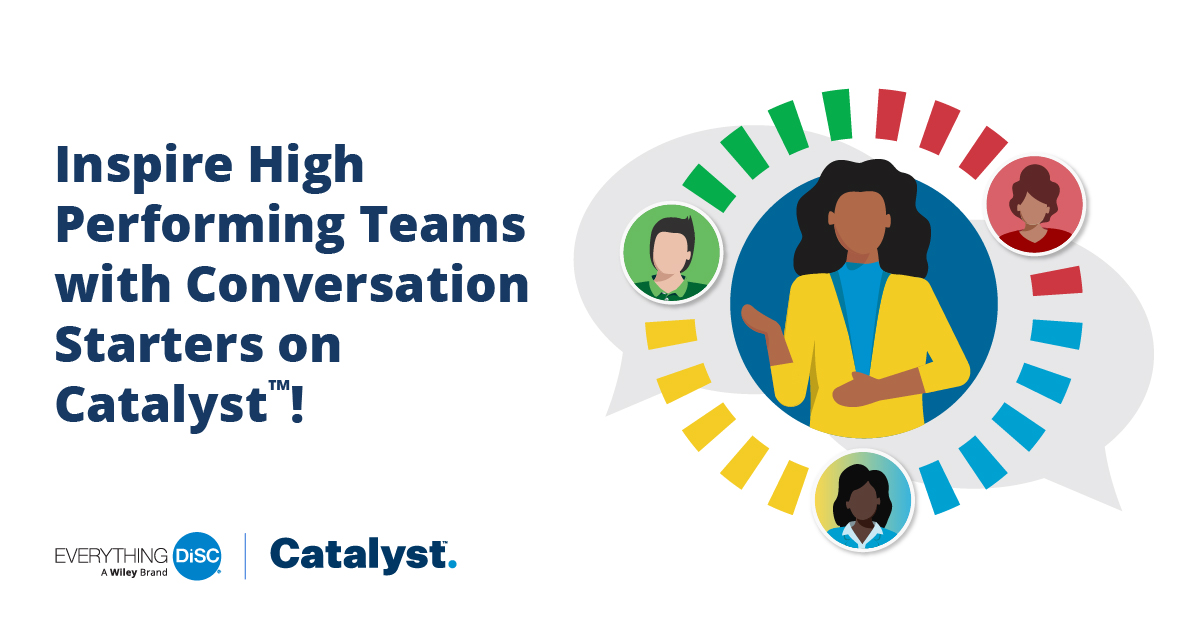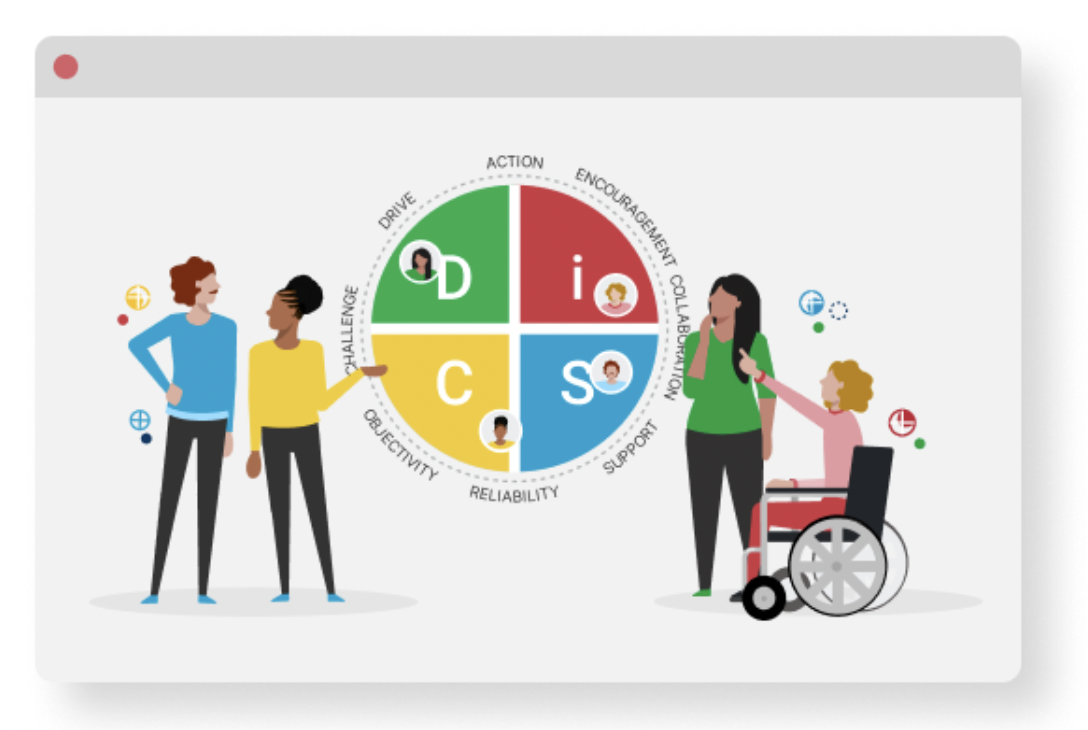8 Tips to Help Employees Practice Empathy at Work
8 tips to practice empathy at work
So, what does it actually look like for employees to practice empathy with each other? Here are some easy ways to incorporate empathy into a daily routine.
1. Assume best intentions of others
When we don’t understand someone’s perspective, it can be easy to assume the worst about them. However, this mindset allows negativity and potentially inaccurate biases to flourish and can destroy relationships.
Instead, approach each interaction with team members with a positive view. There may very well be more to the story underlying their behavior that you don’t yet know.
2. Listen more than you speak
When a team member discusses a challenge they’re experiencing, don’t interrupt them with tales of how you experienced something similar or offer unsolicited advice for what you think they should do. Sometimes, people just want to be heard and understood.
In these moments, practice active listening skills, which involves:
- Focusing on what is being said
- Making eye contact
- Acknowledging what someone has said by repeating it back or requesting clarification on certain points
- Avoiding nonverbal communication that could convey a lack of interest, such as fidgeting
- Minimizing distractions
3. Ask questions
Don’t rely on your assumptions about a situation. Respectfully and thoughtfully ask team members questions so you can better understand the challenge they’re facing or their perspective on an issue.
4. Validate others’ feelings
Show that you recognize and understand what others are feeling, which is a critical part of conveying nonjudgment and building trust. You can say things like, “I’m sorry you’re experiencing this problem. I’m sure it must be so frustrating. I appreciate your letting me know what’s going on.”
5. Step outside your comfort zone
Your biases can impact how you perceive others, especially those team members of different backgrounds and experiences. Remember: Different doesn’t equate with wrong or bad. To be more empathetic, you may just need to open yourself up to new experiences and broaden your way of thinking.
- Be open to meeting new people in the office – even seeking out people who are different from you.
- Consider others’ ideas and learn from them.
- Challenge your own biases.
This can encourage diversity of thought as well as inclusion in the workplace.
6. Offer to help
One of the questions you should ask a team member who’s struggling is, “How can I help you?” For example, if they’re overwhelmed with their current workload, you could take some responsibilities off their plate or volunteer to serve as their back-up. This also demonstrates that you’re a team player.
7. Recognize others’ accomplishments or strengths
When people feel valued, it can help them overcome a challenge or setback. To remind team members of their worth, use peer recognition. Call them out in front of others for their:
- Talents they bring to the table
- Goals they’ve met
- Achievements they’ve secured
- Hard work
8. Take care of yourself
You can’t be empathetic to others if you’re stressed out, in a negative mindset and not taking care of yourself. Prioritize your wellbeing and work-life balance so you’re most likely to engage team members in a respectful and productive way.
Source: Kimberly J. Shaw, Insperity
“Like many things in life, your compassion is a skill that can be exercised.”
– Simeon Lindstrom
Did you know this about disc?
DiSC is an assessment that aids with effective communication









